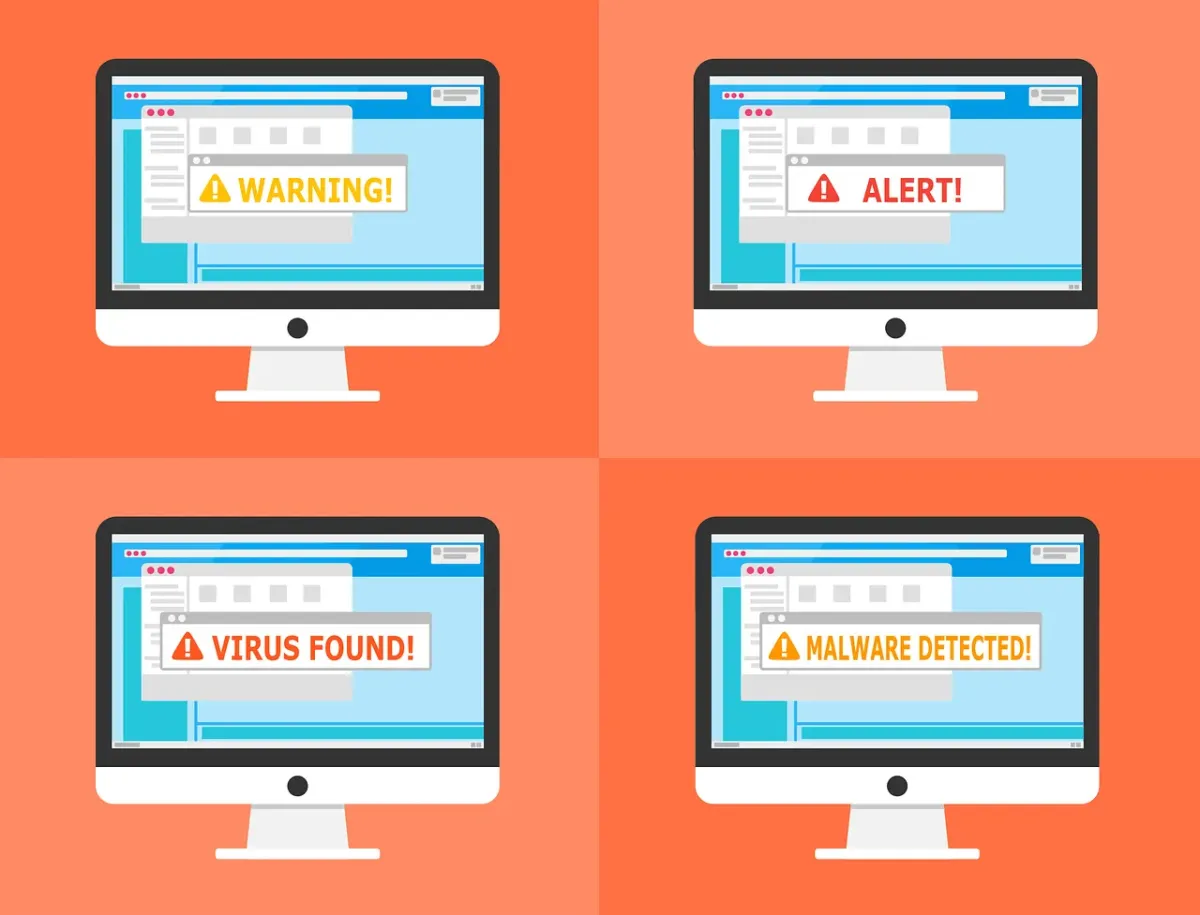
Crossover IT
Newsletter
Crossover IT Newsletter delivers the latest tech trends, insights, and practical tips, helping IT pros and enthusiasts stay ahead and sharpen their skills in a rapidly evolving digital world.

Recent Blog Posts

Event Logging Best Practices
Today’s businesses are no stranger to the word cybersecurity. They are facing a growing wave of cyberattacks. These come from ransomware to sophisticated phishing schemes. How do you stand ahead of these threats? A strong cybersecurity strategy is essential. One crucial component of this strategy is event logging. It’s one that not every business owner is aware of.
Google Search Malvertising
There are many types of malware. One of the most common is called “malvertising.” It crops up everywhere. Including social media sites and websites. You can also see these malicious ads on Google searches.
Two things are making malvertising even more dangerous. One is that hackers use AI to make it very believable. The other is that it’s on the rise, according to Malwarebytes. In the fall of 2023,
malvertising increased by 42% (month over month)
.


Embrace Cashless Evolution
Discover the essential tech tools that can help micro and small businesses streamline operations, improve customer engagement, and scale sustainably. From cloud solutions to CRM platforms, this guide breaks down affordable and scalable options for every MSB.
Data Breach Notice
When it happens, you feel powerless. You get an email or letter from a business saying someone breached your data. It happens all too often today.
Data breaches happen at banks, online sites like Facebook, and ecommerce stores. Not only that, but governments are also victims. This leaves things like your address, SSN, and credit card details exposed to thieves.
A business getting hacked is something you have little control over. But you can take important steps afterwards. We’ve outlined the most important things to do below. These steps can help you mitigate the financial losses.

Read more from our Blogs

7 Unexpected Ways Hackers Can Access Your Accounts
7 Unexpected Ways Hackers Can Access Your Accounts
Cybercriminals are no longer just relying on obvious entry points like weak passwords or fake emails. Today’s hackers are leveraging lesser-known tactics to access personal and business accounts—many of which catch even tech-savvy users off guard.
If you run or manage a small to medium business (SMB) in Newcastle, understanding how these threats work is vital. As an MSP helping Newcastle’s SMBs stay secure, we’ve seen firsthand how quickly things can unravel after an account breach.
Here’s what you need to know—and what to do to stay protected.
Common Hacking Methods: Still Effective, But Just the Start
Some techniques never go out of style—because they still work.
Social engineering: Hackers trick users into sharing personal information.
Credential stuffing: They reuse leaked usernames and passwords to breach other accounts.
Brute force attacks: Automated tools test password combinations until they break in.
These are the basics—but cybercriminals are getting more creative. Let’s explore some of the less obvious ways hackers can get into your accounts.
7 Lesser-Known Ways Hackers Gain Access
1. Cookie Hijacking
Cookies save login sessions to make browsing easier—but they also make you vulnerable. Hackers can steal these cookies over unsecured networks or via malicious code, letting them access your accounts without needing your password.
2. SIM Swapping
Many online services use your phone number for two-factor authentication (2FA). If a hacker convinces your mobile provider to transfer your number to their SIM card, they can intercept security codes and take control of your accounts.
3. Deepfake Impersonation
Deepfake tools can create convincing voice or video impersonations of colleagues, clients, or even family members. In targeted social engineering attacks, this level of realism is often enough to trick people into sharing sensitive data.
4. Exploiting Third-Party Apps
Connecting your accounts to third-party apps might save time—but those apps don’t always follow strict security practices. Hackers often use them as backdoors into larger systems.
5. Port-Out Fraud
Like SIM swapping, this involves transferring your phone number to another carrier without your knowledge. It’s a quick way for hackers to hijack your 2FA and gain control of financial or email accounts.
6. Keylogging Malware
These malicious programs quietly record everything you type—including login credentials. A single download or email attachment is enough to install one.
7. AI-Driven Phishing
Forget the sloppy phishing attempts of the past. Today’s AI-powered scams craft personalized, highly convincing messages that mimic real people and organizations—making them much harder to detect.
How to Protect Your Accounts from Modern Threats
You don’t need to become a cybersecurity expert, but you do need to be proactive. Here are practical steps you can take:
Strengthen Your Login Security
Use complex passwords and enable multi-factor authentication (MFA)—but avoid relying solely on SMS codes. App-based authenticators and hardware keys offer more secure alternatives.
Monitor Your Accounts
Check for unfamiliar login attempts, new device connections, or password change requests. Enable alerts wherever possible.
Be Smart with Public Wi-Fi
Public networks are breeding grounds for attacks like cookie theft. Use a virtual private network (VPN) if you need to access sensitive information while on the go.
Review Third-Party App Access
Regularly audit connected apps and remove any you don’t use or trust. Make sure active apps come from reputable developers.
Know How to Spot Phishing
Don’t click on links or download files from unknown sources. Verify requests through other channels if anything seems off—even if it appears to come from someone you know.
Broader Cybersecurity Measures to Implement
Cybersecurity isn’t a one-time fix—it’s an ongoing effort. Here are additional steps to reinforce your defenses:
Keep Software Up to Date
Unpatched software is one of the easiest targets for hackers. Update your systems and apps regularly to close security loopholes.
Back Up Your Data
Use the 3-2-1 rule: three copies of your data, stored on two types of media, with one offsite or in the cloud. This protects you from ransomware and hardware failures.
Encrypt Sensitive Communications
Use encrypted email or messaging platforms when discussing confidential business information.
Provide Cybersecurity Training
Your staff can either be your first line of defense—or your biggest weakness. Ongoing training helps employees recognize and respond to threats.
Final Thoughts: Stay One Step Ahead
Cybersecurity isn’t just an IT issue—it’s a business risk. With hackers constantly evolving their tactics, staying informed is your best defense.
At Crossover IT, we help small to medium businesses across Newcastle protect what matters most: your data, systems, and reputation. As a local MSP, we provide tailored cybersecurity solutions that work for real businesses—not just tech giants.
Need help locking down your digital presence?
Get in touch with Crossover IT — Newcastle’s trusted MSP for SMBs — for expert support and peace of mind.

Innovation
Fresh, creative solutions.

Integrity
Honesty and transparency.

Excellence
Top-notch services.

FOLLOW US
COMPANY
CUSTOMER CARE
LEGAL
Copyright © 2024. CROSSOVERIT. All Rights Reserved. Newcastle, Australia.